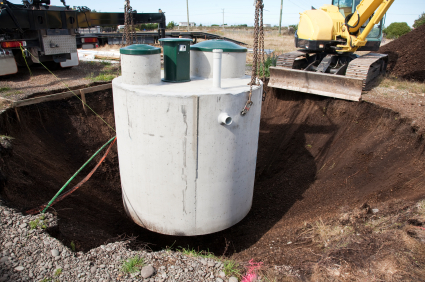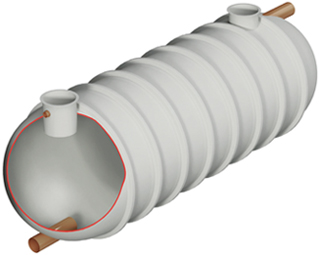
Every homeowner is responsible for maintaining their property and keeping everything in line with regulations, but one element is often forgotten – the septic tank. Homeowners tend to follow the ‘out of sight, out of mind’ expression when it comes to looking after their septic tanks.
However, it is extremely important that you regularly maintain your septic tank in line with current legislation – otherwise you could have to pay a significant fine, or be prosecuted.
New Septic Tank Laws For 2020
General Binding Rules (GBRs) were created for septic tanks and domestic sewage treatment plants on 1 January 2015. According to these rules, anyone with a septic tank that discharges into a watercourse had to replace or upgrade it before 1 January 2020. They could replace the tank by connecting to a mains sewer, installing a small sewage treatment plant, or by adding a drainage field.
We are currently in the second month of 2020, so by now anyone with a septic tank like this should have upgraded or replaced it. The owner of the property where the septic tank is located is responsible and should have carried out the necessary work. If you have not changed your system yet, you must have plans to carry out the work within a believable timescale, such as 12 months.
Other Septic Tank Laws
General:
- When more than one property in an area requires an upgraded sewerage system, then the sewerage undertaker may be obligated to build a new sewer for people to connect to.
- If you are buying or selling a property that has a septic tank discharging into a watercourse then you must agree with the buyer or seller which of you is responsible for upgrading the system.
Installation:
- If your building is within 30 metres of a public sewer then you cannot build a separate sewage treatment system.
- You must get building regulations approval to install a new sewage treatment plant, and you might need planning permission as well.
- Every sewage treatment system that was built after 1983 has to meet the British Standard, which means it must be on British Water’s list of approved equipment, have a CE mark, and a certificate of British Standard compliance.
- Your sewage treatment system must meet the sizing requirements in British Water’s Flows and Loads 4 guidance.
- If your property is located in a tidal area then the pipe that releases sewage must be below the ‘mean low water spring mark’.
- Sewage can only be discharged in an area where the water flows continuously throughout the year.
- Check if your system’s discharge point is near a designated sensitive area, because if it is you will need a permit.
Maintenance:
- Septic tanks have to be emptied before they reach maximum capacity, which is usually once a year, and this must be done by a registered waste carrier.
- You are required to regularly maintain your treatment system by repairing or replacing anything that is damaged, for example, if it has cracks, leaks, blocked pipes, or a failed pump, motor or electrical supply.
- If you stop using your sewage treatment system then you must properly decommission the system by removing any substances that could cause pollution.
If you would like to find out more about the current septic tank laws, then the experts at Wildon UK can help. We have over 20 years of industry experience, and also provide experienced septic tank installation and eco-friendly disposal of septic tank waste.
We cater to customers across Stoke-on-Trent, Staffordshire, and the rest of the UK, so if you would like to learn more, contact us today.









